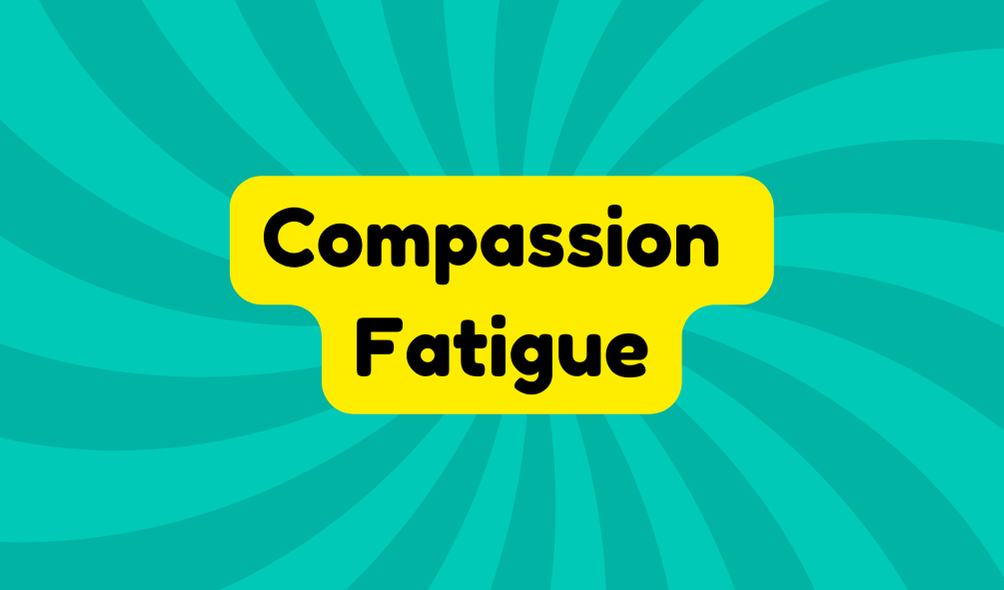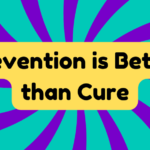Compassion fatigue is an emotional exhaustion that affects those frequently exposed to requests for help, often seen in charitable environments. This phenomenon, also known as empathy burnout, can lead individuals to feel numb or overwhelmed by personal stories and appeals. It questions the sustainability of empathy in a society that relies heavily on emotional investment. Understanding compassion fatigue is essential for charities working to maintain donor engagement and support. Discover more about its implications and how to address them.
Synonyms
Compassion fatigue, a term that describes the emotional exhaustion resulting from frequent exposure to pleas for help, has several synonyms that convey similar meanings. This condition, often overlooked, reflects the decline in an individual's ability to empathize amid constant demands. Terms like empathy burnout and altruism exhaustion capture the essence of this phenomenon, revealing a broader issue within charitable contexts.
Some related synonyms include:
- Emotional burnout
- Philanthropy fatigue
- Humanitarian exhaustion
Understanding these terms can shed light on the hurdles faced by charities in maintaining engagement and support in an increasingly desensitized society.
Example of Sentences
Emotional fatigue can manifest in various ways, particularly among those regularly exposed to appeals for charitable support. This exhaustion often stems from the emotional impact of countless personal stories that provoke strong feelings yet leave donors feeling drained. Examples of sentences illustrating this phenomenon include:
- "After years of attending fundraising events, she felt compassion fatigue from the constant emotional demands."
- "His heart ached for the causes, but the overwhelming requests dulled his response."
- "Each personal story of need pulled at her heartstrings, yet she began to feel numb."
Recognizing these patterns can foster healthier philanthropic engagement while mitigating emotional burnout.
Origin
The concept of compassion fatigue has its roots deeply embedded in the social fabric of the 1960s, marking a time when mental strain associated with caring for others began to gain recognition. Emerging from a historical context of heightened social consciousness, the term reflected profound societal implications. Concerns grew regarding the emotional toll on individuals tasked with compassion, often seen in charity work. As the public faced increasing pleas for aid, a sense of numbness emerged, questioning the sustainability of empathy. Consequently, the origin of compassion fatigue highlights not only the weariness of the caregiver but also a societal expectation that demands constant emotional investment.
Collocations
Collocations related to the term compassion fatigue reveal much about the societal dynamics surrounding emotional engagement in charitable contexts. These phrases highlight concerns in both charitable and healthcare settings, illustrating the tension between empathy and emotional exhaustion. Key collocations with compassion can shape the dialogue around this issue, including:
- Compassion fatigue in healthcare
- Compassion fatigue in volunteers
- Compassion fatigue symptoms
Such expressions encapsulate the difficulties faced by individuals sacrificing their emotional resources. Understanding these collocations fosters a critical lens on how societal expectations can wear down the very compassion that drives charitable actions, exposing an urgent need for self-care in giving contexts.
How to Use in Everyday Language
Compassion fatigue, a pressing concern in today's society, often finds its way into conversations about charitable giving and support roles. Individuals discussing emotional exhaustion may express their reluctance to engage further with causes that repeatedly seek donations. Words matter, as simplistic phrases can mask deeper issues surrounding donor engagement. It's essential to recognize this fatigue's impact on personal and organizational levels. Utilizing terms like "donor burnout" can foster awareness of the challenges faced by charities. By choosing language mindfully, communities can encourage honest dialogues, ultimately promoting a more sustainable approach to philanthropy and ensuring that compassion remains vibrant in social discussions.
Why Is It Still Relevant Today?
Why does compassion fatigue continue to resonate in contemporary discussions about charity and support? Its relevance lies in the ongoing challenges charities face attracting genuine donor engagement. An impact analysis reveals how constant, emotional appeals can exhaust supporters, leading to reduced compassion and participation. This cycle negatively affects charitable organizations, undermining their mission. Innovatively addressing compassion fatigue is essential for rebuilding meaningful connections between charities and donors. As societal requests for help grow, understanding this phenomenon offers significant insights into enhancing support strategies. Recognizing and addressing compassion fatigue can strengthen the narrative around charity, cultivating lasting engagement rather than fleeting sympathy.







